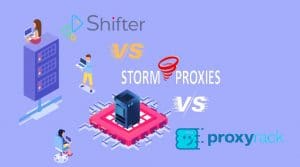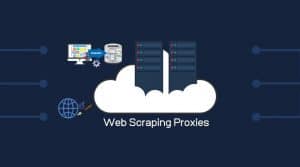Are you sick and weary of poor sales and ongoing inventory problems? Learn how to leverage the power of retailer monitoring to propel your business to new heights.
Do you, as a business owner, find it difficult to monitor your retail operations? Do you ever wonder if the market is adequately representing your products? You don't need to search any further. This blog post delves into the realm of store monitoring and its pivotal function in enabling you to maintain a competitive edge.
Ever wonder what happens in the background when your items are sent from your warehouse and end up on the shelves of other retailers? Retailer monitoring gives you important information about how retailers offer, market, and sell your items.
You may have a big influence on customer happiness, brand loyalty, and ultimately your bottom line by knowing how the market views your company.However, what makes store monitoring crucial, and how can it help your company? We are here to address any of your concerns and provide you with helpful advice and pointers on how to get going.
Imagine being able to access data in real-time that would enable you to determine which shops are maximizing their sales strategy and which ones need assistance. With this knowledge in hand, you can negotiate good terms, find the ideal merchants for strategic alliances, and eventually grow your market share.Are you prepared to learn more about the realm of store monitoring?
Keep checking back as we go over all you need to know, including its advantages and the methods and resources you can use to make sure your retailer monitoring initiatives are successful.
What is Retailer Monitoring?
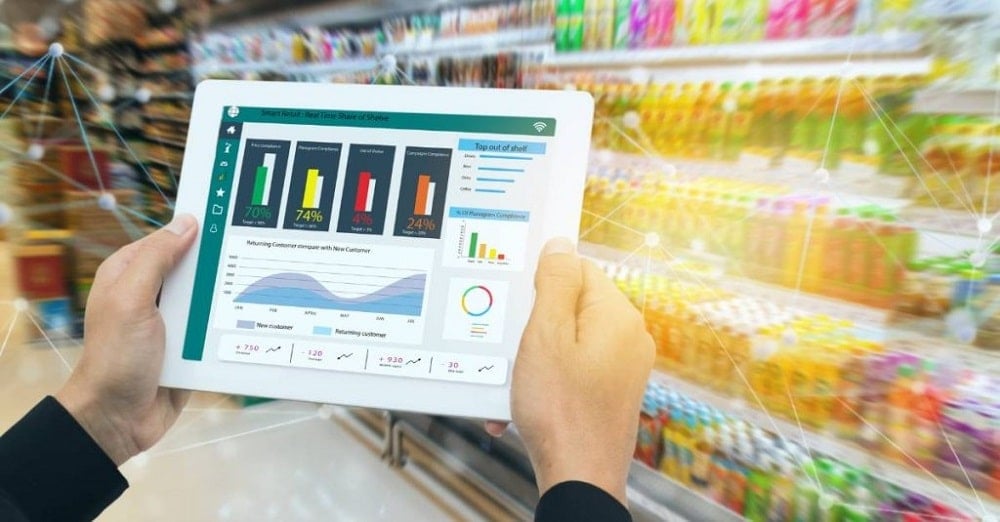
To begin, let's picture a grocery. There are a wide variety of goods at this store, including fruits, vegetables, snacks, and beverages. Imagine for a moment that you are the supermarket's owner and that your top priorities are keeping your patrons satisfied and everything running smoothly. This is the role of store surveillance.
Retailer monitoring is similar to keeping a close check on your supermarket to make sure everything is operating properly. It entails monitoring several retail metrics, including sales, inventory, and customer happiness. It all comes down to being proactive and ensuring everything is organized.
Consider yourself the captain of a ship when it comes to retailer monitoring. You must continuously monitor the ship's navigational aids, ensuring that every crew member is performing their duties, and making sure the ship is sailing smoothly. Similarly, at a supermarket, you have to keep an eye on factors like pricing, stock levels, and customer satisfaction to make sure the business is running properly. To put it simply, retailer monitoring is just maintaining a careful eye on your retail partners. It assists you in maintaining control, resolving any problems, satisfying consumers, and making sure your brand is not impersonated or misrepresented.
The Components of Retail Monitoring
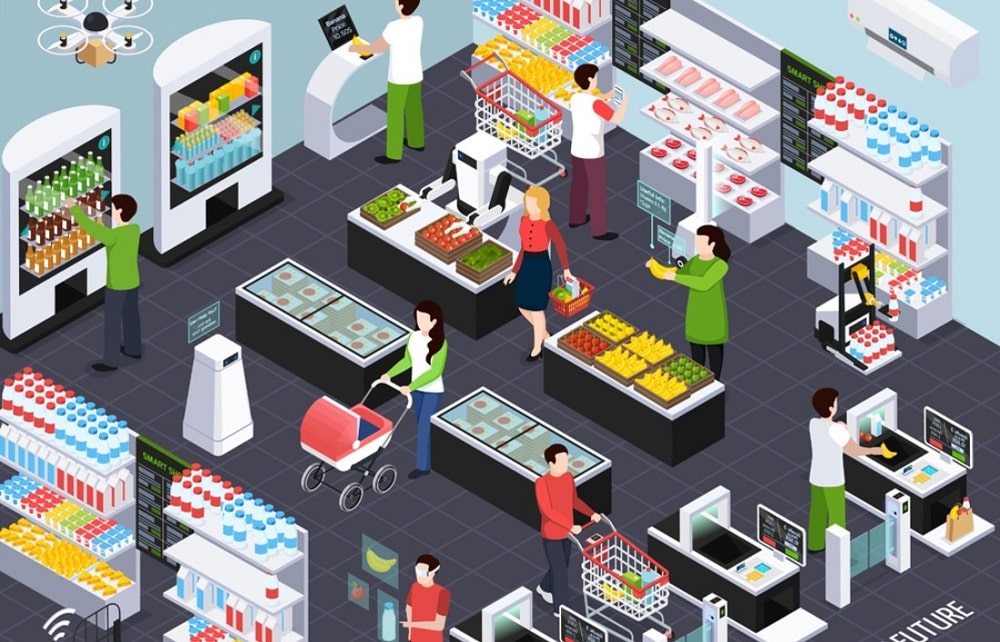
There are major actions that are considered as the mainstream task of monitoring retailers. Let us run you through these components in a few seconds.
Website Monitoring:
Consider this: you want to make sure everything is operating correctly when you visit a physical business, right? You want staff members to be helpful, checkout lines to be brief, and shelves to be well-stocked. This also applies to internet retailers!
Website monitoring is similar to having a person watching your online store round-the-clock to make sure everything is operating as it should. It's similar to having a virtual shop manager who keeps an eye out for any faults or possible troubles.
Making ensuring your online business is up and operating efficiently around the clock is the primary goal of website monitoring. It verifies that users can easily visit your website from a variety of devices and places. Broken links, server uptime, and page loading speed are just a few of the metrics it monitors.
Consider the scenario where a client tries to visit your online store and the website either loads slowly or not at all. That must be annoying. This is where website monitoring comes in handy; it finds these issues and notifies you right away, allowing you to address them before they negatively affect your consumers' experience.
Competitor Monitoring:
One crucial component of retailer monitoring that keeps merchants competitive is competitor monitoring. It entails closely monitoring what your rivals are doing about their offerings, costs, advertising, and general business plans in addition to keeping tabs on how much your partners are selling your product for. This will assist in identifying goods overcharging or underpricing.
Let's say you are the owner of a mall clothes business. Visiting other mall clothes businesses regularly to see what they are offering, how much they are charging, and how they are advertising their goods would be considered competitor monitoring. In this manner, you may obtain important market data and modify your tactics to make a favourable impact on customers.
Imagine you find out that one of your rivals is selling a comparable product to yours for less money. You now have an edge since you know how to price your goods competitively thanks to this information. As an alternative, you can observe that a rival company is drawing a lot of business using a unique campaign.
With this knowledge, you may create original promos of your own to draw clients. Observing rivals involves more than just going to their physical locations. It also entails doing online and social media competition research.
Third Party Vendors (Using SKU):
In essence, a stock-keeping unit (SKU) is a unique identifying number that aids businesses in maintaining inventory control. It provides the shop with crucial details about every single item they have in stock, much like a barcode. They will be able to simply maintain their inventory and be aware of the precise goods they have on hand as well as their quantities.
Now, businesses or people that provide their goods via a retailer's website or physical shop are referred to as third-party suppliers. For the goods they offer, these sellers may have their SKUs.
Let's take an example where you are perusing an internet marketplace such as Amazon. A product will have a unique code or number allocated to it while you're looking at it. The SKU is that.
To ensure that they always have enough merchandise to fulfil demand, the company puts a system in place to track their inventory. In this instance, they also need to monitor the third-party suppliers' inventory that they let sell on their platform.
Retailers may verify if they need to replenish, how many of these third-party suppliers' SKUs are available, and whether there are any differences between the vendor's stated inventory and what the retailer believes to be in stock by keeping an eye on these vendors' SKUs. Customers can always locate the items they desire thanks to this, and the merchant benefits from efficient supply chain management.
How Does Retailer Monitoring

Retailer monitoring is the practice of businesses closely observing their retailers to make sure everything is operating as it should. Imagine it like this: a parent watching their child make sure they are acting appropriately. Similar to this, businesses employ retailer monitoring to ensure that their shops are abiding by the law and accurately showcasing their brands.
Let's dissect it in detail. Assume you run a business that sells goods, such as clothing or gadgets. You may collaborate with other merchants, including department stores, specialised shops, and even online platforms, to expand your consumer base and increase product sales. These retailers support the marketing and sales of your goods, acting as your business associates.
This is when keeping an eye on retailers comes in handy. As the firm, you want to ensure that these shops are making every effort to ensure the success of your items. You want them to ensure that your brand is appropriately represented, have competent personnel who can respond to inquiries from customers, and appealingly offer your items. Their success ultimately equals your success.
Businesses frequently employ retailer monitoring techniques and technologies to stay on top of all these things. To check on things like product displays and customer service standards, for instance, they may dispatch teams to visit the stores. To immediately address any issues or complaints, these teams may take notes, snap photos, or even have conversations with the retailers.
Companies may employ many techniques in addition to in-person inspections to keep an eye on their shops. To monitor product sales and inventory levels, they may employ technology. They can find any patterns or trends that can point to issues or areas for development by examining this data.
However, store monitoring goes beyond simply ensuring that everything is functioning as it should. Building a solid rapport with the retailers is also important. Businesses want their merchants to feel encouraged and appreciated. Businesses can monitor employees' performance and offer assistance, training, and support as required. In the end, this helps the shops sell more merchandise by improving their brand representation.
Retailer monitoring occasionally reveals problems or infractions. For instance, a shop can be offering things at a discount without authorization or offering fake goods. The business can take the necessary measures in these situations to safeguard its image and brand. It can entail issuing warnings, breaking up the collaboration, or, in extreme cases, taking legal action.
Benefits of Retailer Monitoring
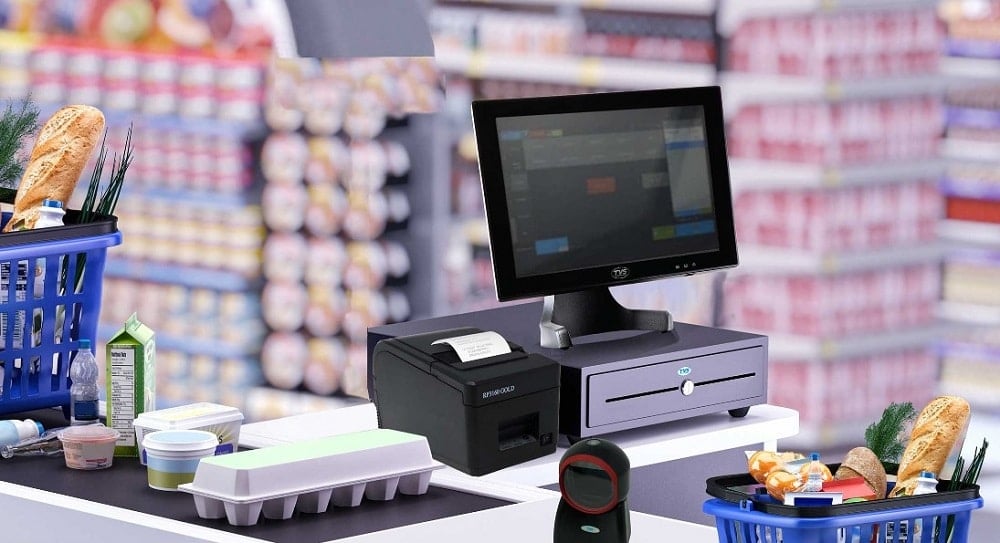
Imagine operating a small business and selling your goods through a variety of brick-and-mortar and internet stores. You have faith that these merchants are making every effort to present and successfully sell your goods. However, how can you tell whether they're performing well? Do they uphold the reputation of your brand? Do they have your items displayed correctly? Are they adhering to the terms and offers you have established? This is the role of store surveillance.
Retailer monitoring is the act of keeping tabs on and assessing how your retail partners are displaying and selling your items. It assists you in making sure that the finest possible representation of your items is given and that the reputation of your brand is safeguarded. Here are some:
Brand consistency:
Retailer monitoring guarantees that the picture of your brand is the same in all retail locations. It verifies if shops are accurately showcasing your brand by employing the appropriate pictures, colours, and logos. Having a consistent brand increases consumer loyalty and trust.
Product placement:
The things you sell must be positioned properly at retail establishments and online. Retailer monitoring enables you to determine if your items are displayed prominently or are tucked away in an area where shoppers could find them difficult to discover. With this information, you can collaborate with merchants to maximize product placement, which raises sales and awareness.
Pricing and promotions:
You may monitor your items' prices and promotions by keeping an eye on merchants. It guarantees that any promotional efforts are executed properly and that your items are sold at the appropriate price. By doing this, you can protect your profit margins and steer clear of any possible disputes with clients or other stores.
Inventory control:
Keeping an eye on retailers also aids in inventory management. You can see trends and forecast demand by monitoring stock levels and sales information. This helps you avoid stockouts and excess inventory by enabling you to plan your production and replenish properly.
Customer feedback:
You may obtain insightful consumer feedback by keeping an eye on shops, which can help you enhance your goods and services. You can find areas for improvement and quickly resolve any difficulties by knowing what customers are saying about your items. Increased client happiness and loyalty may result from this.
Competition analysis:
Retailer monitoring gives you competitive intelligence in addition to aiding in the assessment of your stores. You can find ways to maintain your lead in the market by examining the positioning, pricing, and sales strategies of your rivals' items.
Fraud prevention:
Retail fraud does, regrettably, occur and can have detrimental effects on your company. Retailer monitoring aids in the identification of any unsanctioned sales tactics or product substitutions. This enables you to take the required steps to stop fraud, safeguarding the income and reputation of your company.
Finally, retailer oversight is essential to guarantee that your items are exhibited and sold efficiently. It supports fraud prevention, inventory management, price and promotion control, product placement optimization, consumer feedback collection, competition analysis, and brand consistency. You can keep an eye on how your items are being displayed to customers and make the necessary modifications to boost sales and brand equity by routinely monitoring your merchants.
How to Monitor Retailer

Any firm that wants to stay on top of how its products are being sold and how its brand is being portrayed in the marketplace must monitor its merchants. To put it simply, monitoring merchants is keeping an eye on their actions to make sure they are living up to the expectations and standards you have established for them.
A few tactics must be implemented to monitor stores efficiently. First and foremost, it's critical to set precise expectations and rules with your retailers. This covers elements including cost, product placement, and customer support. You can make sure that everyone is on the same page and working towards the same goals by making your expectations clear.
Next, you should schedule frequent visits to the stores of your merchants so you can see firsthand how your merchandise is arranged. This is your chance to make sure your items are being properly stocked, shown off, and supported by the appropriate marketing collateral. Additionally, it's an opportunity to evaluate the total customer experience and make sure that a favourable image of your company is being conveyed.
Getting consumer input is another crucial component. Direct consumer interaction or surveying customers are two ways to do this. You may learn more about how your goods are being used and whether there is room for improvement by gathering feedback from the end customers. When developing your retail strategy and making the required changes, this candid criticism may be quite helpful.
In addition, internet monitoring is essential in the current digital era. Make sure your merchants are correctly and consistent with your brand image when it comes to how they promote your items by keeping an eye on their websites and social media pages. This is also your chance to identify any unapproved vendors or fake goods that might damage your company's reputation.
Thankfully, technological advancements have made it simple to employ store monitoring tools to monitor businesses easily. These tools cover almost all of the responsibilities related to retailer monitoring. Thus, by using these tools, you may save time and money. Some of the tools include BrandsEye, Yext, Reputation.com, Chatmeter, Brandwatch, and others
FAQs
Q. What is the Difference Between Retailer Monitoring and Price Monitoring?
Both pricing tracking and retailer monitoring are essential when it comes to closely monitoring your items in the marketplace. The practice of keeping tabs on and evaluating the performance of different merchants that sell your items is known as retailer monitoring.
It entails keeping an eye on sales statistics, inventory levels, shelf space, and shop displays to make sure your items are being appropriately exhibited and that merchants are adhering to your distribution specifications. However, price monitoring focuses only on keeping track of and contrasting your items' costs across various e-commerce sites and shops. It enables you to maximize your pricing strategy for optimal profitability and helps you understand how your items are priced in the market.
Q. Is it a Legal Act to Monitor Retailers?
As long as it is done within the bounds of the law, monitoring shops is usually lawful. Retailers may be observed for several purposes, including making sure rules are followed, protecting the interests of customers, and stopping fraud.
It's crucial to remember that certain rules and regulations might differ from one nation or state to the next, so before beginning any monitoring operations, it's always a good idea to get legal counsel or review the applicable legislation. In the end, it takes a legal and moral strategy to guarantee that the rights of the merchants and the customers are upheld.
Q. What Features Should I Look Out for in a Good Retailer Monitoring Tool?
There are a few important aspects you should look for in a decent store monitoring tool. First and foremost, real-time data updates are essential since they let you be aware of changes as soon as they occur. Secondly, to guarantee precise inventory and pricing monitoring, a thorough product tracking system is necessary.
Furthermore, it's a terrific advantage to have a customizable dashboard that offers quick access to the most crucial data for your company. Finally, having access to sophisticated analytics and reporting tools can help you obtain insightful knowledge and make wise business decisions.
Conclusion
In conclusion, retailer monitoring has developed into a crucial instrument for companies looking to guarantee smooth operations, happy clients, and general prosperity. Retailers can make educated judgments and swiftly resolve any concerns by monitoring and evaluating sales performance, inventory levels, and consumer feedback.
They can maintain an advantage over their competitors and keep improving their services because of their proactive attitude. Retailer monitoring helps build trusting connections between brand owners, retailers, and customers in addition to offering insightful information about the inner workings of a retail organization.


